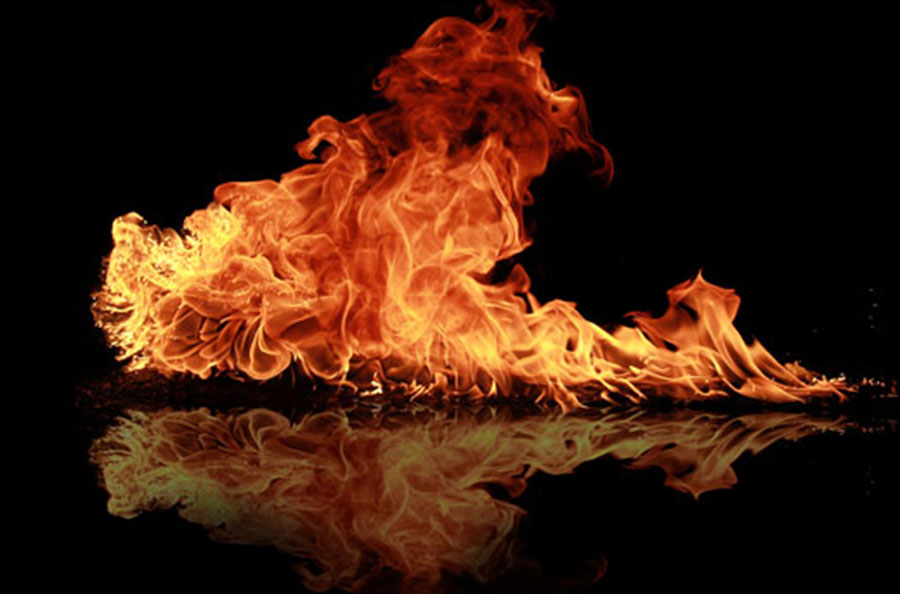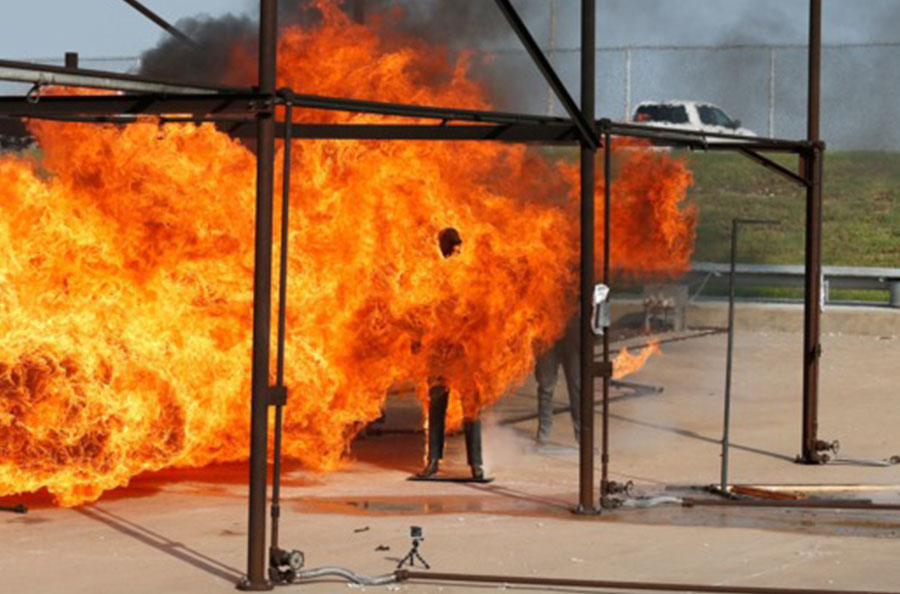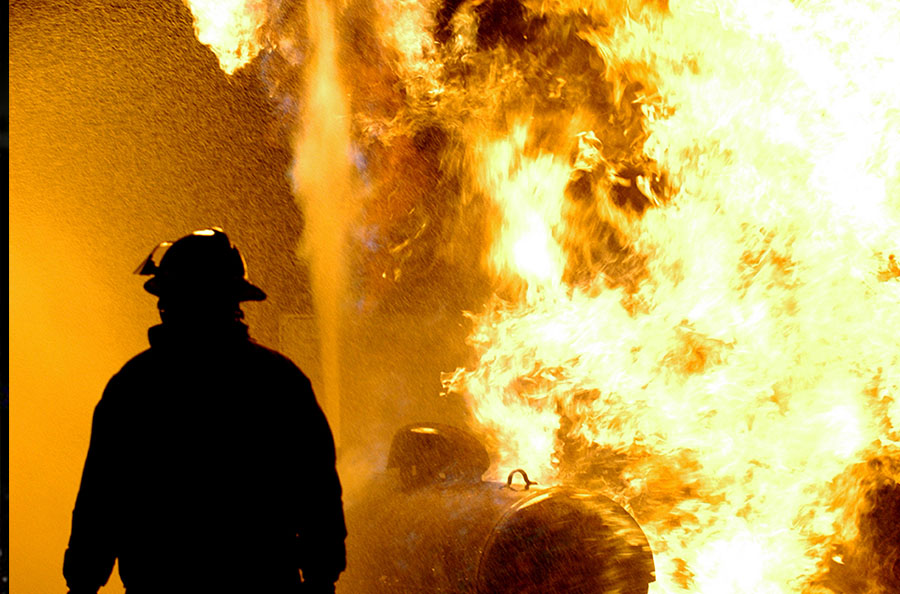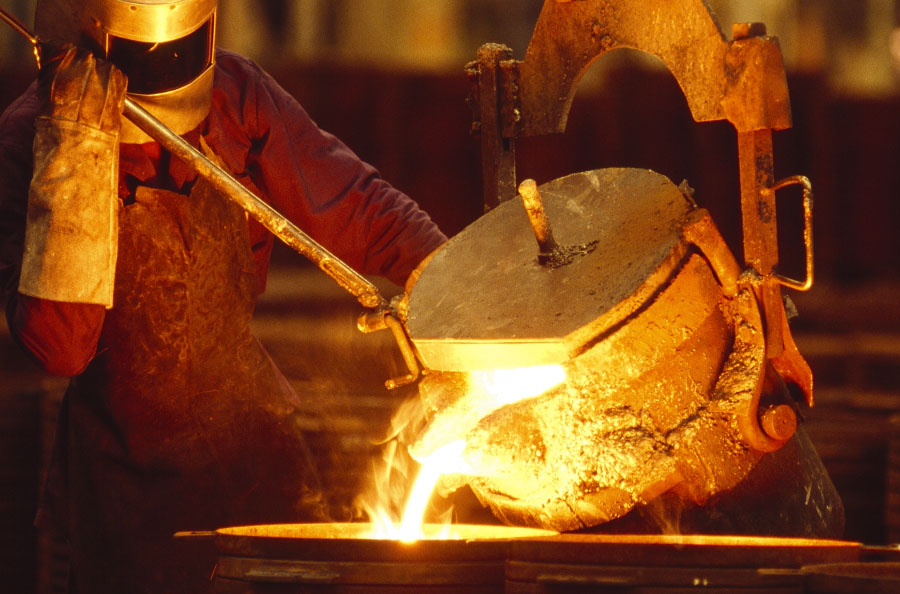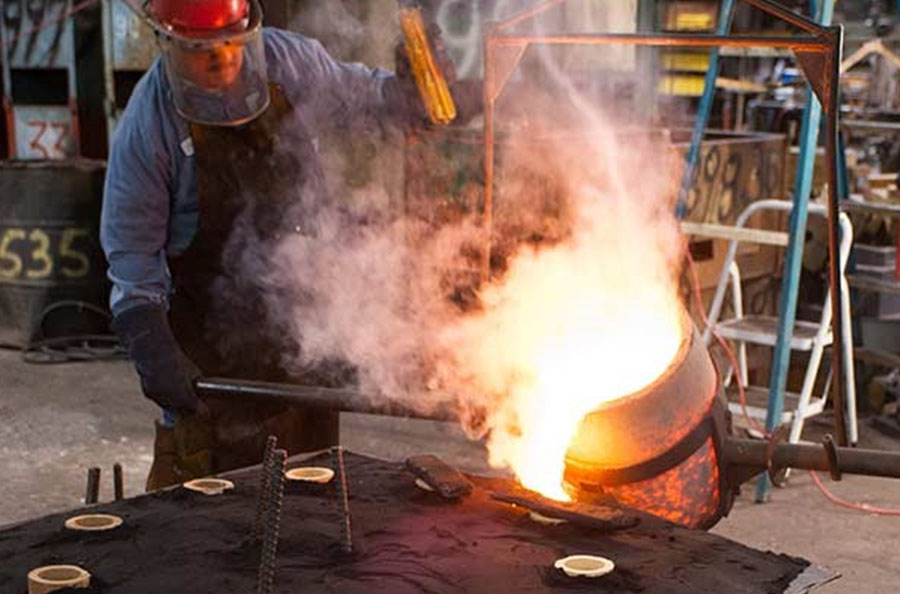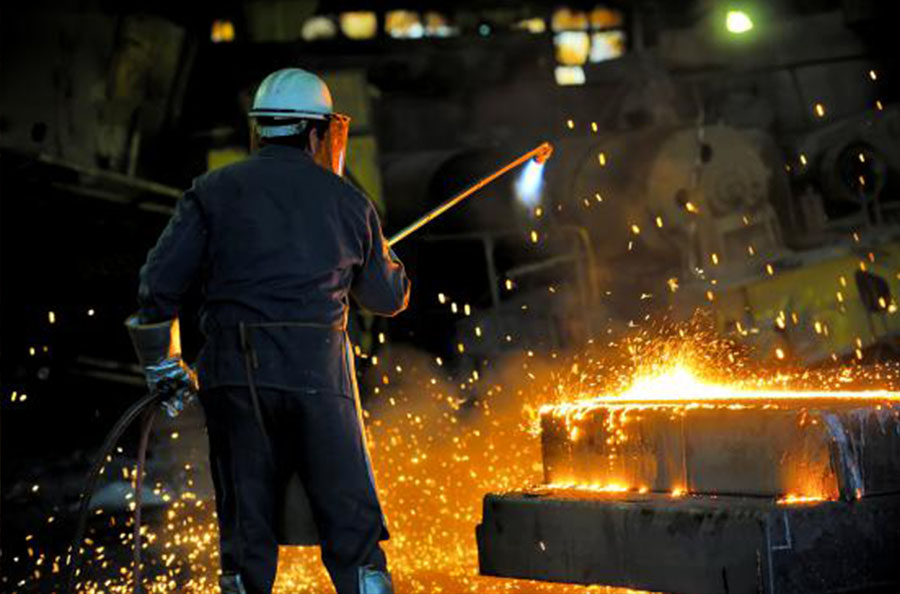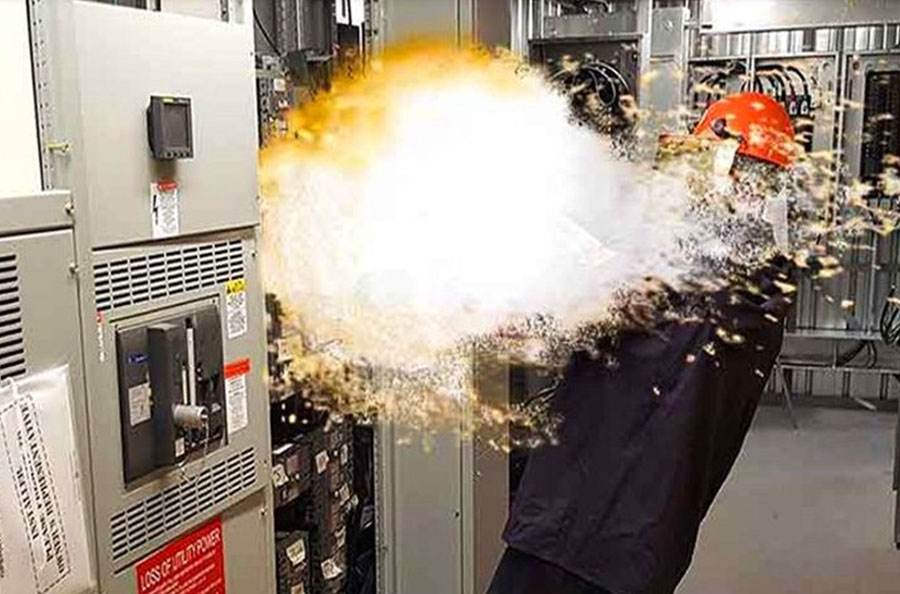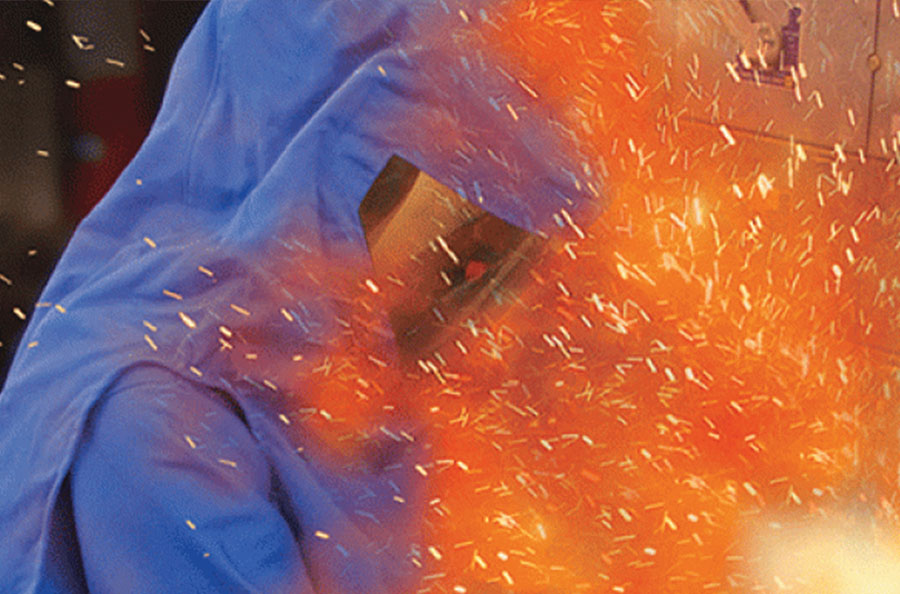FLASH FIRE
NFPA define flash fire as "A rapidly moving flame front which can be a combustion explosion. It may occur in an environment where fuel and air become mixed in adequate concentrations to combust. It has a heat flux of approximately fire 80kW/m2 for relatively short periods of time, typically less than 3 seconds. In a flash fire, the flame spreads at subsonic velocity, so the overpressure damage is usually negligible and the bulk of the damage comes from the thermal radiation and secondary fires.
MOLTEN METAL SPLASH
Molten aluminium is typically handled at 700° C to 788° C (1300° F to 1450° F) to avoid premature solidification. Contact with molten aluminium can cause severe burns and create a serious fire hazard. Mixing water or other contaminants with molten aluminium can cause explosions. Explosions can also occur in the aluminium scrap re-melting process due to moisture and contamination in scrap. These explosions range widely in violence and can result in injury or death as well as destruction of equipment and plant facilities.
ELECTRIC ARC FLASH
An arc flash is usually caused by inadvertent contact between an energised conductor such as a bus bar or wire with another conductor, or an earthed surface. When this occurs, the resulting short circuit current will melt the conductors, ionise the air and create a conducting plasma fireball with temperatures in the core of the arc that can reach upwards of 20,000 degrees centigrade. Severe injury and even death can not only occur to persons working on the electrical equipment, but also to people located nearby.
